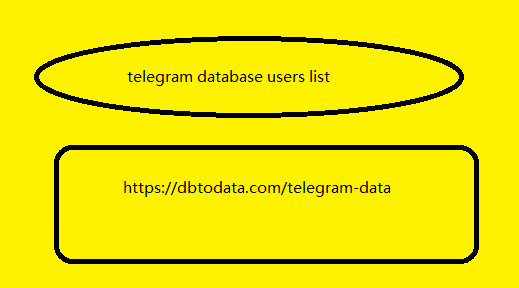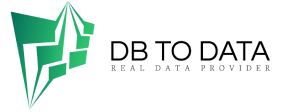Tangible fixed assets are assets that bring a lot of economic value to the business throughout the life cycle of the asset. So what are tangible fixed assets? How to classify and account for them? Please refer to the detailed information in the following article of MISA MeInvoice .
Note: Before learning about tangible fixed assets, if you do not know the information about fixed assets, you can read the article for more information.
See more: [Update] What are fixed assets ? Classification of fixed assets
Table of Contents Hide
1. What are tangible fixed assets?
2. Conditions for enterprises to recognize and record tangible fixed assets
Characteristics of tangible fixed assets
4. Classification of tangible fixed assets
5. Accounting for tangible fixed assets according to Circular 200/2014/TT-BTC
5.1 Content and structure of Account 211 – tangible fixed assets
5.2 Accounting for tangible fixed assets laos telegram data according to Circular 200/2014/TT-BTC
Conclusion
1. What are tangible fixed assets?
What are tangible fixed assets?
According to Article 2 of Circular 45/2013/TT-BTC of the Ministry of Finance: tangible fixed assets are the main means of labor with physical form that satisfy the standards of tangible fixed assets, participating in many business cycles but still
maintaining the original physical form such as houses
machinery, equipment, mean of excitement and pressure is of transport…In other words, tangible fixed assets are assets that exist in physical form and have great value, can be seen and felt, and can be worn out during use or damaged by many factors such as fire, natural bw lists disasters or accidents.
2. Conditions for enterprises to recognize and record tangible fixed assets
According to Clause 1, Article 3 of Circular 45/2013/TT-BTC of the Ministry of Finance promulgating regulations on standards for identifying tangible fixed assets as follows:
– The use of that asset is certain to bring economic benefits in the future;
– The asset has a usage period of 1 year or more;
– The original cost of the asset must be reliably determined and have a value of VND 30,000,000 (Thirty million dong) or more.
If many assets are linked together to form a
system where each part of the system has a different usage time and when a part stops due to management requirements but the whole system still operates normally and satisfies the recognition conditions, then that asset is considered an independent tangible fixed asset.
For working and/or product animals, each animal that simultaneously satisfies all three criteria of fixed assets is considered a tangible fixed asset.
For perennial gardens, each garden plot or tree that simultaneously satisfies all three criteria of fixed assets is considered a tangible fixed asset.
Characteristics of tangible fixed assets
Tangible fixed assets usually have the following 5 characteristics:
– Has very high liquidity (when resold, it still brings high value to the business).
– Accounts for a large proportion of the company’s capital structure.
– Often used as a valid basis for tax deductions because this type of asset is often heavily depreciated.
– Usually worn out during the production process and the value of the asset will gradually transfer to production costs in business operations.
– Can be used as secured collateral when businesses need to borrow capital.
Businesses and accountants interested in MISA meInvoice software and need to try the software for FREE with full features for 7 days, please REGISTER here:



